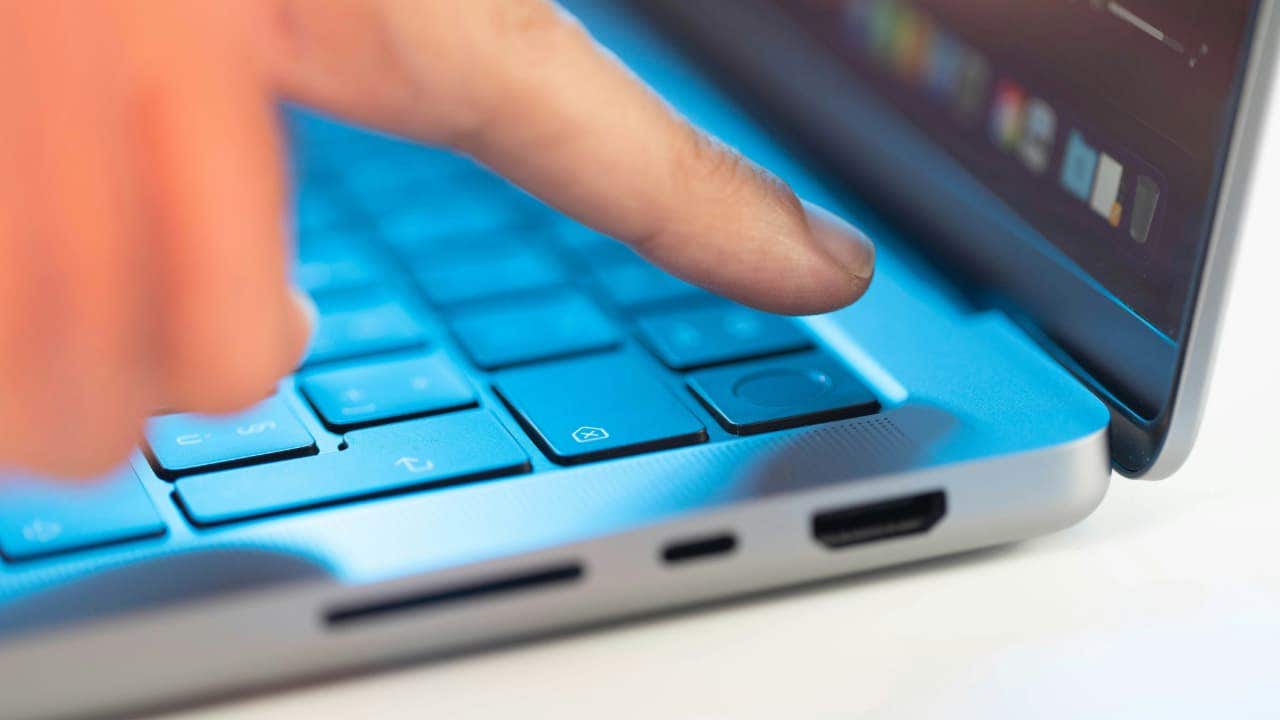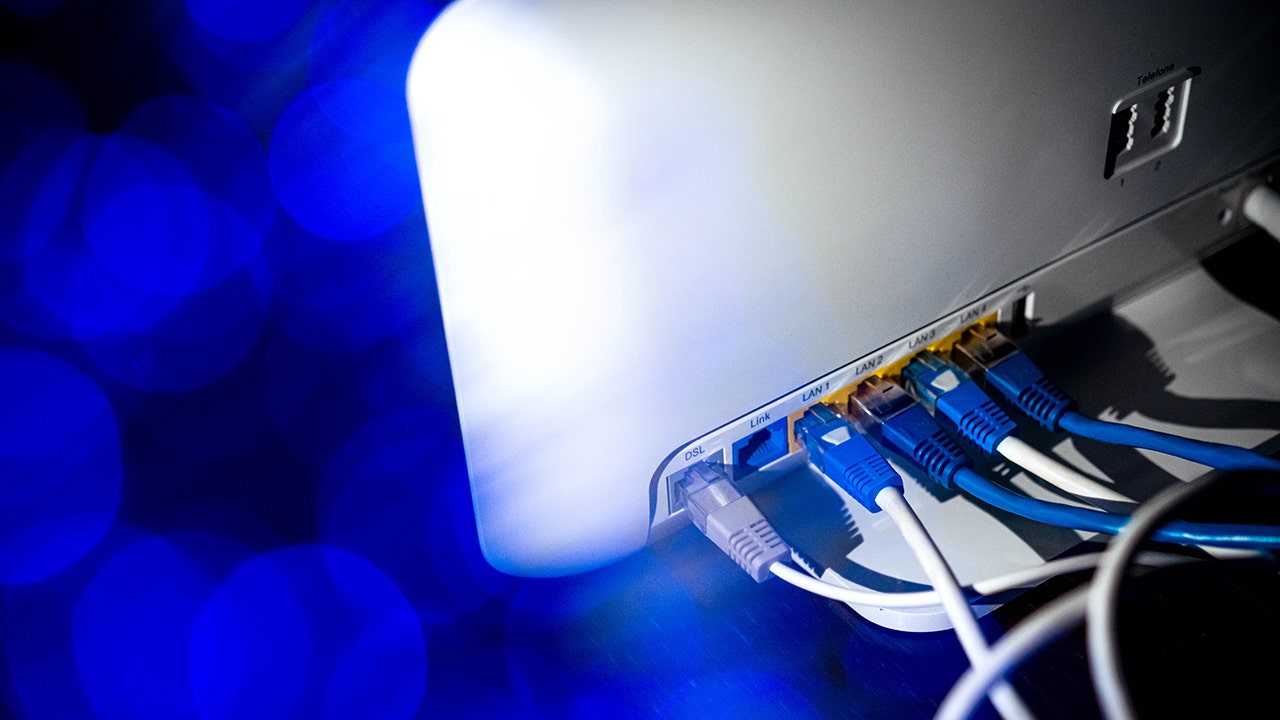5 ways hackers can bypass your fingerprint scanner and how to protect yourself

Fingerprint scanners have become a common feature in smartphones, providing users with a convenient and secure way to unlock their devices. However, despite their popularity, fingerprint scanners are not foolproof and can be bypassed by determined hackers. In this article, we will explore five ways bad actors can bypass fingerprint scanners and provide tips on how to protect your fingerprint data.
One method that hackers use to bypass fingerprint scanners is by creating masterprints or DeepMasterPrints. These are synthetic fingerprints that can deceive sensors by mimicking common fingerprint features. Another technique involves forging fingerprints using 3D printing, where hackers can lift prints from surfaces and create fake molds to trick the sensor.
Brute force attacks via BrutePrint is another method used by attackers to bypass fingerprint authentication. This method takes advantage of flaws in the fingerprint system to try as many fingerprint images as needed until a match is found. Additionally, side-channel attacks with PrintListener can capture the sound of a finger swiping on a screen to extract fingerprint features, allowing attackers to reconstruct fingerprint patterns.
Furthermore, exploiting unsecured fingerprint data storage is a common way for attackers to bypass fingerprint scanners. If attackers gain access to unprotected fingerprint data, they can replicate fingerprints to bypass authentication. It is essential to choose trusted phone brands, keep your phone updated, and use strong antivirus software to protect your fingerprint data.
In conclusion, while fingerprint scanners provide a convenient and secure way to unlock devices, they are not infallible. It is crucial to take steps to protect your fingerprint data, such as using strong passwords, being cautious about who handles your phone, and only using fingerprint login with trusted apps. By following these security measures, you can help safeguard your biometric identity and reduce the risk of unauthorized access to your device.




